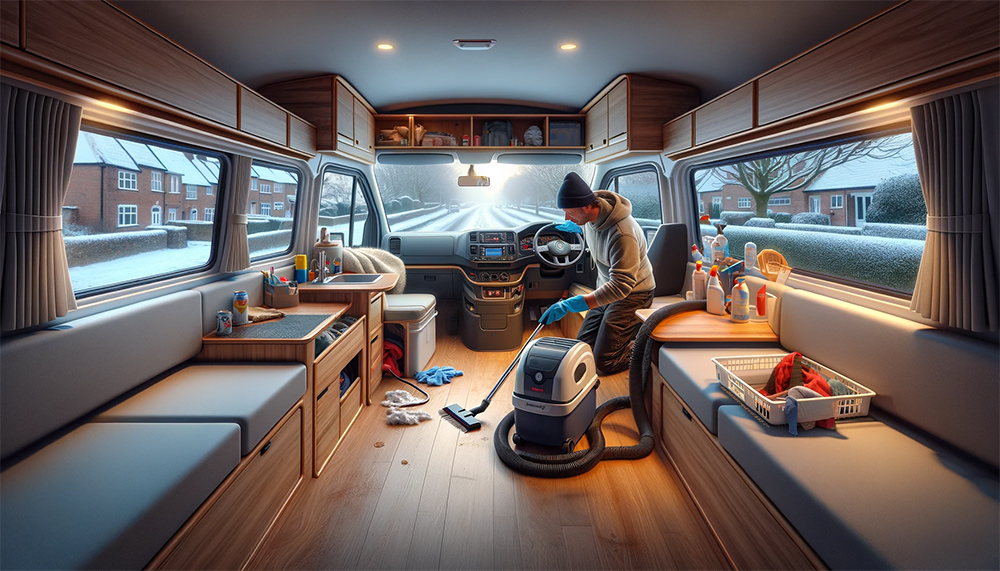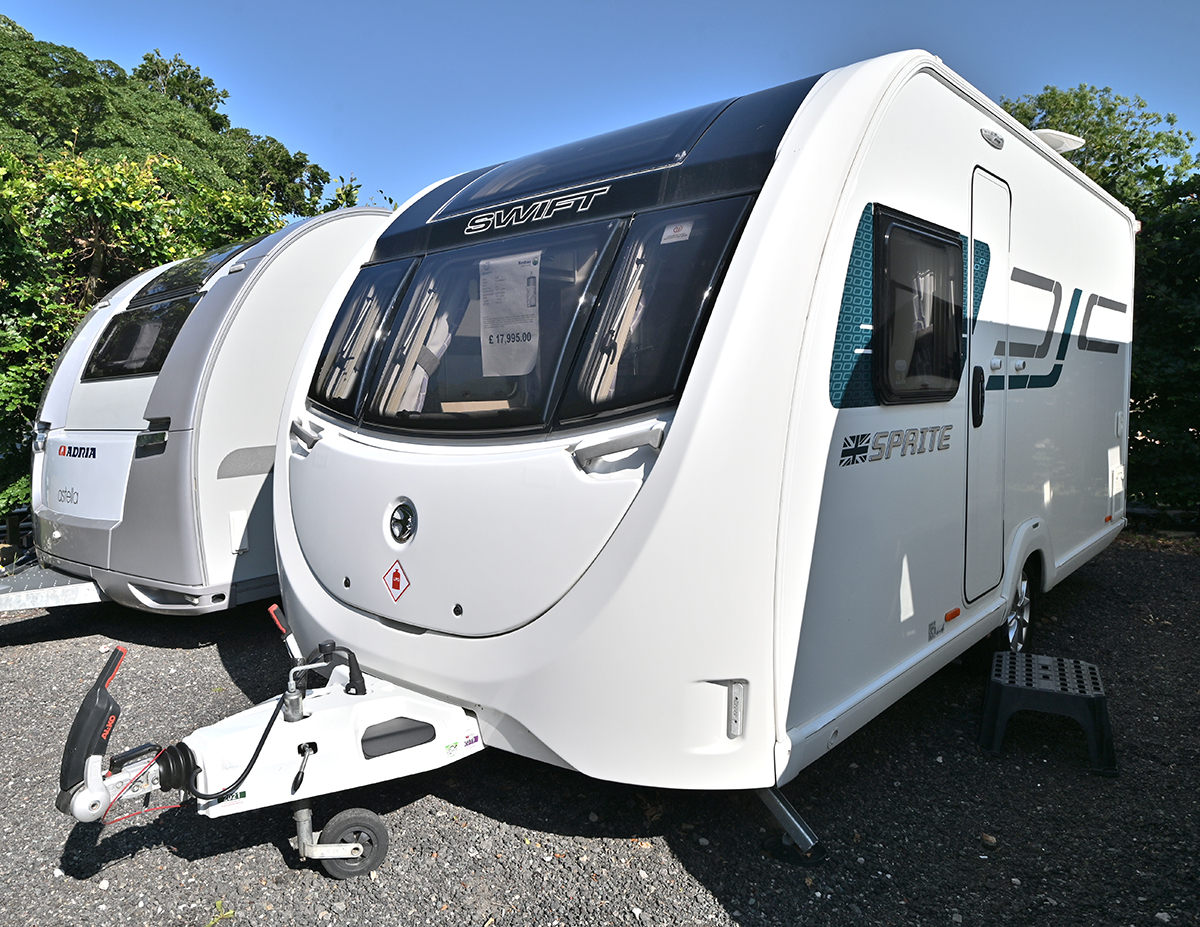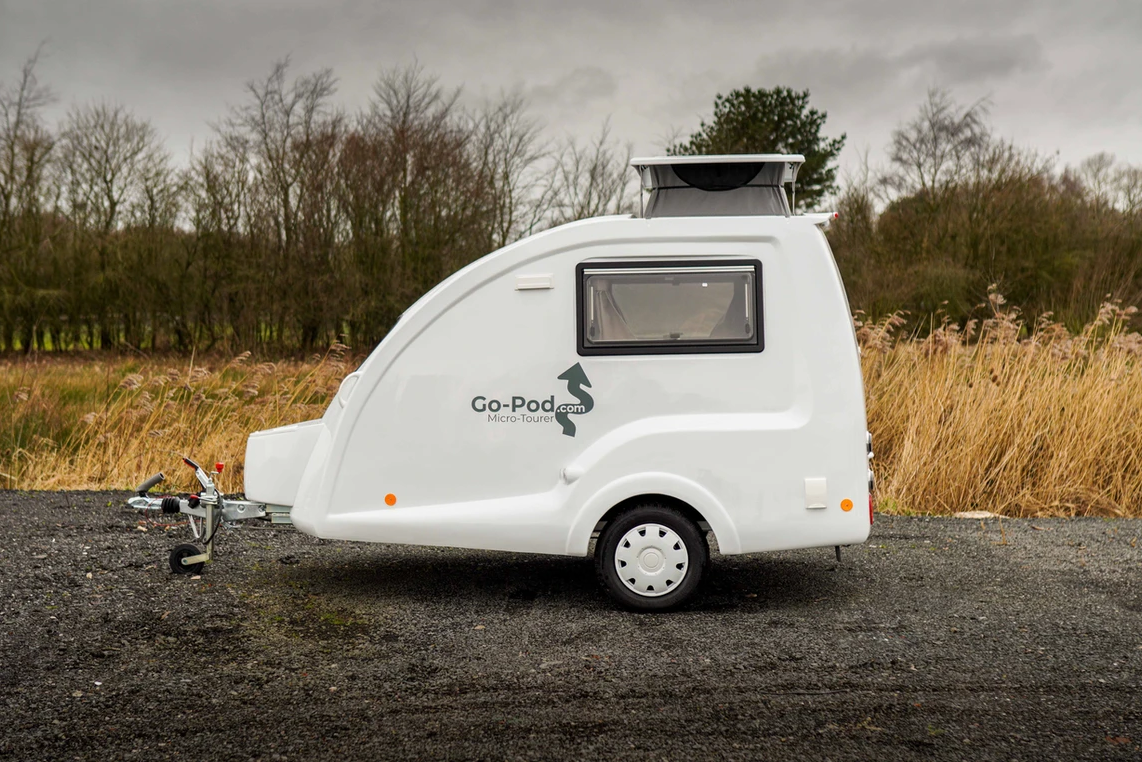A Comprehensive Guide to Winterising Your Campervan
Winterising your campervan is essential to ensure the longevity and functionality of your vehicle during the colder months. When temperatures drop, several parts of your campervan are at risk. The plumbing system can freeze, leading to burst pipes and costly repairs. The batteries can lose charge and degrade if not properly stored. Without adequate preparation, the interior can become a breeding ground for mould and mildew, and the exterior can suffer from harsh weather conditions.
By preparing your campervan for winter, or winterising as we call it, you help to protect your campervan from potential rodent infestations. These unwelcome guests are more common during cold weather as animals seek shelter and warmth. This can lead to significant damage to upholstery, wiring, and other interior components. Lastly, taking steps to winterise your campervan also means ensuring that it's ready to hit the road as soon as the weather improves, without the need for extensive repairs or maintenance.
In this article, we’ll guide you through the comprehensive steps to effectively winterise your campervan, ensuring it stays in top condition through the winter season.

Cleaning and Emptying
Start with a thorough cleaning to maintain the interior and prevent growth of mould and mildew. This includes removing perishable items, cleaning surfaces, and checking for leaks or damages. It's a good idea to empty your campervan of all unnecessary items such as bedding and extra furnishings, bringing them indoors for winter. Don't forget to check any wardrobes or drawers in your camper too, you might be hiding your favourite warm winter jumper in there that you need!
Plumbing System Protection
Protect the plumbing system from freezing temperatures to avoid costly repairs. Drain water tanks and lines, bypass the water heater, and add non-toxic Campervan / Motorhome Pink antifreeze. Don't forget to apply these steps to any onboard or portable toilets too.
Securing Windows, Doors, and Vents
Seal any cracks or leaks in windows, doors, and vents to prevent drafts and moisture, using weather stripping or silicone caulk where necessary. Don't forget, vents shouldn't be blocked entirely as your campervan will still need some form of ventilation during winter storage.
Battery Storage
Proper storage of the campervan's leisure batteries during winter is essential. Disconnect, clean, and store batteries in a dry, temperate place. You must keep leisure batteries charged too when in storage. Leisure batteries will self-discharge over periods of time when they're unused. Keep their charge topped up when in storage to prolong their life. One full charge every couple of weeks should do the trick.
If you are unable to remove the batteries, you will need to hook up your campervan into your mains once every couple of weeks to get them some charge.
Theft Protection
To protect your campervan from theft:
- Use high-quality locks on doors and windows.
- Consider installing a security system or GPS tracker.
- Ensure the campervan is stored in a secure location or has visual deterrents like security lighting.
- If you can, consider parking your campervan in an area covered by CCTV. This could be as simple as in front of your ring doorbell at home, or installing a more comprehensive CCTV system to cover your driveway or garage.
- It's a good idea to have additional security items on your campervan as a visual deterrent too. For example, items like steering wheel locks, security stickers for the windows or pedal locks.
Tyre and Wheel Care
For tyre and wheel protection:
- Inflate tyres to the correct pressure to avoid flat spots.
- Consider using tyre covers to protect against cold and moisture.
- Store the campervan on blocks to relieve pressure on the tyres.
Gas System Safety
Safeguarding the gas system involves:
- Turning off and disconnecting any gas bottles.
- Checking for leaks and ensuring valves are secure.
- Insulating any exposed pipes to prevent freezing.
- Bear in mind if you carry on-board smaller gas cannisters (like those which go into some stoves). It's a good idea to remove these from your campervan in winter and store them appropriately. In the shed or garage is a good idea, indoors in your home is not suitable. This is to be on the safe side in case there are any gas leaks that could put you at risk.
Additional Storage Tips
- Cover the van with a custom cover for extra protection.
- Keep interiors well-ventilated to avoid dampness and mould.
Protecting the Campervan's Engine During Winter Storage
The engine, the heart of your campervan, requires special attention during winter storage to avoid any long-term damage. Here are steps to protect your campervan's engine:
-
Change the Oil: Before storing your campervan for the winter, change the oil and oil filter. Used engine oil contains contaminants that can be corrosive. Fresh oil provides better protection during the storage period.
-
Add Fuel Stabiliser: Fill the fuel tank and add a fuel stabiliser. A full tank reduces the risk of condensation, which can lead to rust inside the fuel tank. The stabiliser prevents the fuel from deteriorating over the winter months.
-
Disconnect the Engine Battery: To prevent battery drain, disconnect it and store it in a cool, dry place. If possible, connect the battery to a trickle charger to maintain its charge.
-
Protect from Rodents: Rodents can chew through wires and insulation, causing significant damage. Use rodent repellent around the engine area and consider installing rodent-proof screens over air intakes.
-
Regularly Start the Engine: If possible, start the engine periodically during the winter. This helps keep the engine parts lubricated and prevents seals from drying out. Run it long enough to reach operating temperature and circulate the oil.
By following these steps, you can ensure your campervan's engine stays in good condition throughout the winter, ready for your next adventure.
Conclusion
Thoroughly winterising your campervan not only prepares it for winter but also ensures its overall safety and longevity. Follow these steps for comprehensive protection. For a range of quality campervans, explore our campervans for sale.

Frequently Asked Questions
How Do I Winterise My Campervan?
Winterising your campervan involves preparing each area of your camper for the cold winter temperatures.
- Cleaning and Emptying - Remove any unnecessary items and furnishings
- Plumbing System Protection - Preventing freezing pipes
- Securing Windows, Doors, and Vents - Repairing any cracks or splits
- Battery Storage - Maintain the longevity of any leisure batteries
- Theft Protection - Prevent thieves from targeting your campervan
- Tyre and Wheel Care - Ensuring these will be ready and safe for when you return to the road
- Gas System Safety - Disconnecting the system and making it safe for storage
- Campervan Engine Care - Keeping the campervan's engine in tip top condition during cold temperatures and storage
How Do I Prepare My Camper For Winter Storage?
By following the steps and tips in this article, you will ensure your campervan is fully prepared for winter storage. These steps are applicable especially to storage at home. There are some professional businesses which can store your campervan and winterise it for you. These can be useful if parking or storage space is a premium where you live.
Should I Cover My Campervan In Winter?
It's a good idea to cover your campervan when it's not in use. It will help to protect it against the elements. Be sure to use a suitable cover though. A simple tarpaulin is not ideal. The perfect campervan cover would be made of a breathable material.
Should I Remove The Battery From My Camper For Winter?
Yes you should remove all leisure batteries and engine batteries if possible if your campervan will be out of action for winter. Be sure to keep batteries topped up with charge. When removed and unused, batteries will discharge. Keeping them with a charge will prolong their life.
Can I Winterise My Campervan Myself?
Winterising your campervan is certainly a job which can easily be done by yourself at home. There are professional companies who can winterise and store your campervan for you. These are helpful for those who don't have the space or time to winterise a campervan themselves.
How Hard Is It To Winterise A Camper?
Winterising a campervan is not a difficult task, and is achievable by most people. You may need an extra pair of hands to help, but the job of winterising a campervan is relatively simple.
How Long Does It Take To Winterise A Campervan?
It can take 1-2 hours to completely winterise a campervan. If you have help from a family member or friend, this time will be reduced. Make this annual job a family affair and shorten that time right down!
Can I Put Antifreeze In My Fresh Water Tank?
You can use antifreeze in your fresh water tank, but it must be non-toxic campervan/motorhome specific for these tanks. Tanks can be filled to a level just enough that the pump draws it through any taps in the campervan. Don't forget to drain this again, flush, and refill with water before using your camper!


